This is handy info...make sure you use PLAIN bleach!!! Got this from U.S. EPA web site.
Emergency Disinfection of Drinking Water
USE ONLY WATER THAT HAS BEEN PROPERLY DISINFECTED FOR DRINKING, COOKING, MAKING ANY PREPARED DRINK, OR FOR BRUSHING TEETH
Use bottled water that has not been exposed to flood waters if it is available.
If you don't have bottled water, you should boil water to make it safe. Boiling water will kill most types of disease-causing organisms that may be present. If the water is cloudy, filter it through clean cloths or allow it to settle, and draw off the clear water for boiling. Boil the water for one minute, let it cool, and store it in clean containers with covers.
If you can't boil water, you can disinfect it using household bleach. Bleach will kill some, but not all, types of disease-causing organisms that may be in the water. If the water is cloudy, filter it through clean cloths or allow it to settle, and draw off the clear water for disinfection. Add 1/8 teaspoon (or 8 drops) of regular, unscented, liquid household bleach for each gallon of water, stir it well and let it stand for 30 minutes before you use it. Store disinfected water in clean containers with covers.
If you have a well that has been flooded, the water should be tested and disinfected after flood waters recede. If you suspect that your well may be contaminated, contact your local or state health department or agriculture extension agent for specific advice.
(U.S. federal agencies and the Red Cross recommend these same four steps to disinfect drinking water in an emergency. Please, read the text below for important details about disinfection.
More information about disinfection
Choose a disinfection method
Summary and illustration of key points
More information about disinfection
In times of crisis, follow advice from local officials. Local health departments or public water systems may urge consumers to use more caution or to follow additional measures than the information provided here.
Look for other sources of potable water in and around your home. When your home water supply is interrupted by natural or other forms of disaster, you can obtain limited amounts of water by draining your hot water tank or melting ice cubes. In most cases, well water is the preferred source of drinking water. If it is not available and river or lake water must be used, avoid sources containing floating material and water with a dark color or an odor. Generally, flowing water is better quality than stagnant water.
Examine the physical condition of the water. When emergency disinfection is necessary, disinfectants are less effective in cloudy, murky or colored water. Filter murky or colored water through clean cloths or allow it to settle. It is better to both settle and filter. After filtering until it is clear, or allowing all dirt and other particles to settle, draw off the clean and clear water for disinfection. Water prepared for disinfection should be stored only in clean, tightly covered, containers, not subject to corrosion.
Choose a disinfection method.
Boiling and chemical treatment are two general methods used to effectively disinfect small quantities of filtered and settled water.
Boiling
Boiling is the surest method to make water safe to drink and kill disease-causing microorganisms like Giardia lamblia and Cryptosporidium, which are frequently found in rivers and lakes. These disease-causing organisms are less likely to occur in well water (as long as it has not been affected by flood waters). If not treated properly and neutralized, Giardia may cause diarrhea, fatigue, and cramps after ingestion. Cryptosporidium is highly resistant to disinfection. It may cause diarrhea, nausea and/or stomach cramps. People with severely weakened immune systems are likely to have more severe and more persistent symptoms than healthy individuals. Boil filtered and settled water vigorously for one minute (at altitudes above one mile, boil for three minutes). To improve the flat taste of boiled water, aerate it by pouring it back and forth from one container to another and allow it to stand for a few hours, or add a pinch of salt for each quart or liter of water boiled.
If boiling is not possible, chemical disinfection of filtered and settled water collected from a well, spring, river, or other surface water body will still provide some health benefits and is better than no treatment at all.
Chemical Treatment
When boiling is not practical, certain chemicals will kill most harmful or disease-causing organisms. For chemical disinfection to be effective, the water must be filtered and settled first.Chlorine and iodine are the two chemicals commonly used to treat water. They are somewhat effective in protecting against exposure toGiardia, but may not be effective in controlling more resistant organisms like Cryptosporidium. Chlorine is generally more effective than iodine in controlling Giardia, and both disinfectants work much better in warm water.
You can use a non-scented, household chlorine bleach that contains a chlorine compound to disinfect water. Do not use non-chlorine bleach to disinfect water. Typically, household chlorine bleaches will be 5.25% available chlorine. Follow the procedure written on the label. When the necessary procedure is not given, find the percentage of available chlorine on the label and use the information in the following table as a guide. (Remember, 1/8 teaspoon and 8 drops are about the same quantity.)
Available Chlorine
Drops per Quart/Gallon of Clear Water
Drops per Liter of Clear Water
1%
10 per Quart - 40 per Gallon
10 per Liter
4-6%
2 per Quart - 8 per Gallon (1/8 teaspoon)
2 per Liter
7-10%
1 per Quart - 4 per Gallon
1 per Liter
(If the strength of the bleach is unknown, add ten drops per quart or liter of filtered and settled water. Double the amount of chlorine for cloudy, murky or colored water or water that is extremely cold.)
Mix the treated water thoroughly and allow it to stand, preferably covered, for 30 minutes. The water should have a slight chlorine odor. If not, repeat the dosage and allow the water to stand for an additional 15 minutes. If the treated water has too strong a chlorine taste, allow the water to stand exposed to the air for a few hours or pour it from one clean container to another several times.
Cecilia Sinclair
Wonder Weather Woman
HONORING RUTH IN HOUSTON!
13 years ago



















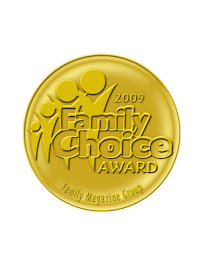








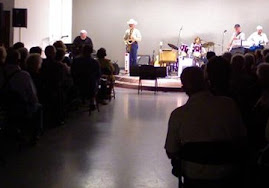.jpg)




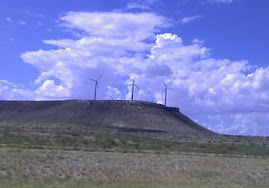.jpg)




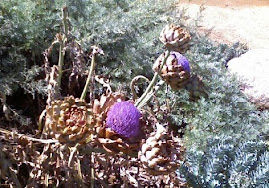.jpg)
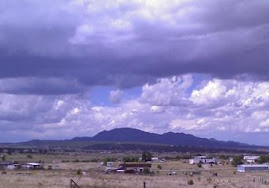.jpg)
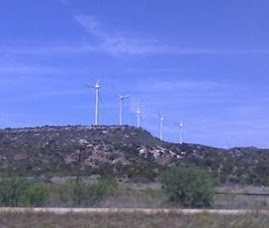.jpg)


















1 comment:
Great post here. I do a lot of work with the American Chemistry Council, and to commemorate 100 years of chlorine, this is a really refreshing list to see. With hurricane season already upon us, these tips are invaluable - chlorine is the most effective way to kill bacteria in drinking water. Thank you for sharing this.
Post a Comment